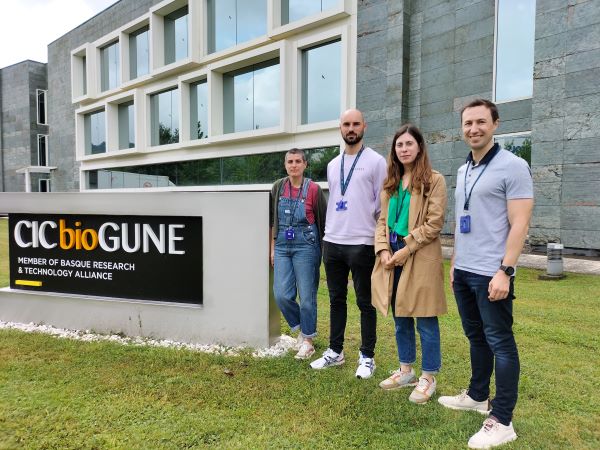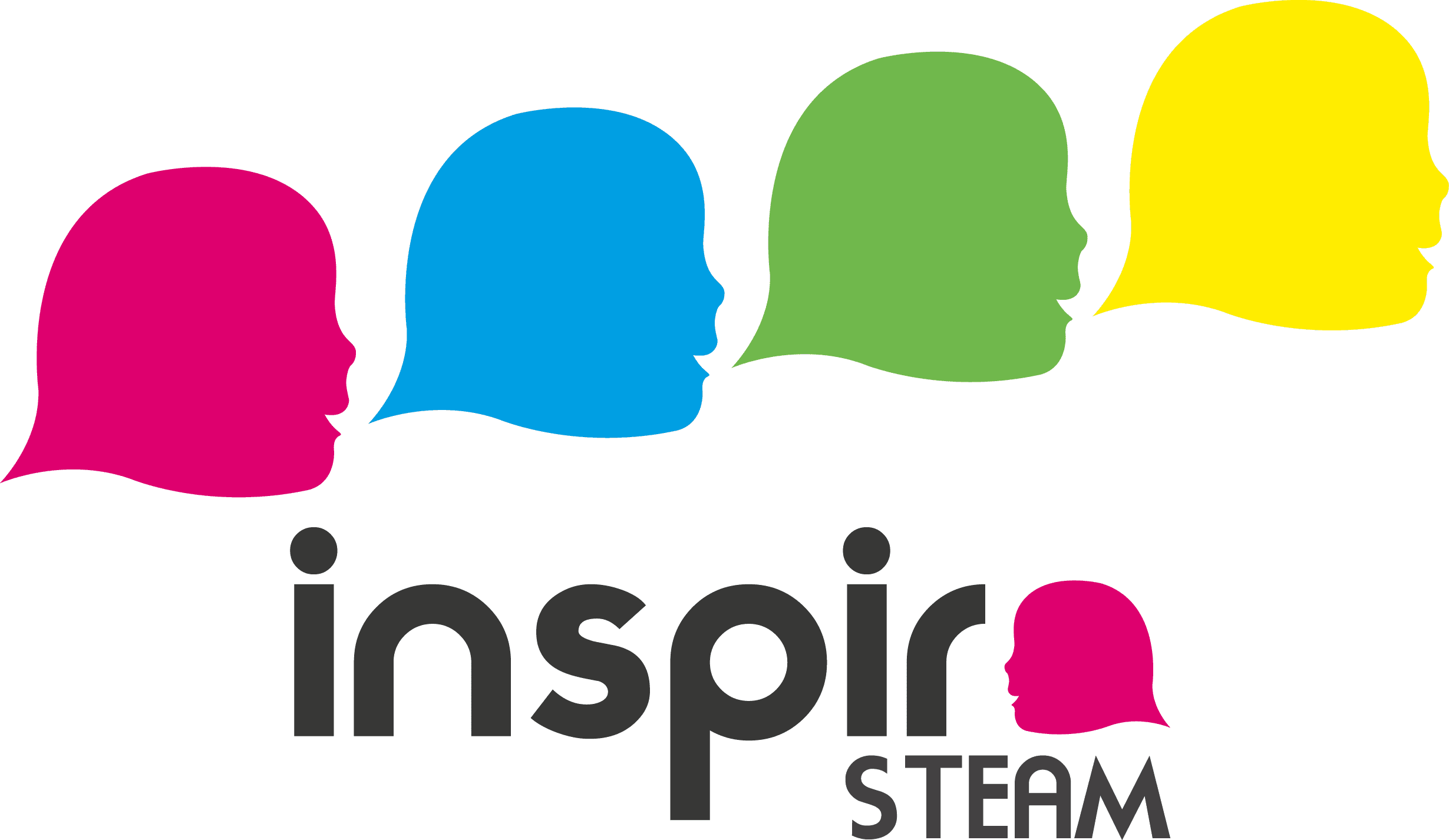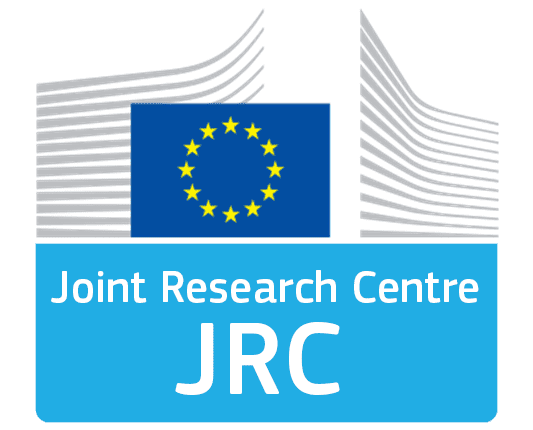A CIC bioGUNE study unveils the structure and mechanism of action of Siglec-15, an immune modulator that could be key in cancer immunotherapy

The work, published in the journal Nature Communications, opens the door to the development of effective drug candidates that fully exploit Siglec-15’s therapeutic potential.
This knowledge will contribute significantly to the development of new immunotherapies and targeted approaches to cancer treatment.
 A multidisciplinary research team at CIC bioGUNE, led by Dr. June Ereño Orbea, Dr. Jesús Jiménez Barbero and Dr. Asis Palazón, all Ikerbasque researchers, has revealed the structure and mechanism of action of Siglec-15, an immune modulator with great potential in cancer immunotherapy.
A multidisciplinary research team at CIC bioGUNE, led by Dr. June Ereño Orbea, Dr. Jesús Jiménez Barbero and Dr. Asis Palazón, all Ikerbasque researchers, has revealed the structure and mechanism of action of Siglec-15, an immune modulator with great potential in cancer immunotherapy.
The scientific article entitled “Structural insights into Siglec-15 reveal glycosylation dependency for its interaction with T cells through integrin CD11b” has been published in the journal Nature Communications and opens the door to the development of effective drug candidates that can take advantage of Siglec-15’s therapeutic potential.
Very recently, Siglec-15 has gained significant interest as a potential therapeutic target due to its distinct expression profile and its potential in cancer treatment. However, limited understanding of its structure and how it interacts with other molecules had hitherto hindered drug development.
In this study, the CIC bioGUNE research team, in collaboration with scientists from the Nova School of Science and Technology in Lisbon and the Department of Chemistry at the University of La Rioja, has elucidated the structure of Siglec-15 and its binding epitope to an anti-Siglec-15 blocking antibody using X-ray crystallography. Using advanced techniques such as saturation transfer difference nuclear magnetic resonance (STD-RMN) and computational calculations, the team has unravelled the binding mode of Siglec-15 to different sialoglycans, carbohydrates strongly associated with different types of cancer, including the so-called sialyl Tn antigen (STn).
The study revealed that the binding of Siglec-15 to T cells, which lack STn expression, is dependent on the presence of other sialoglycans. In addition, the study has identified the leukocyte integrin CD11b as a ligand for Siglec-15 on human T cells. These findings provide a comprehensive understanding of the structural features of Siglec-15 and emphasise the crucial role of glycosylation in controlling the T-cell responses of our immune system.
Dr. María Pia Lenza, Dr. Leire Egia-Mendikute and Dr. Asier Antoñana Vildosola, who have participated in the research, have expressed their satisfaction with the implications of these findings. They believe that this knowledge will contribute significantly to the development of new immunotherapies for the treatment of cancer.
The findings of this research, which continues at CIC bioGUNE, have implications for the design of next-generation immunotherapies against cancer. This opens up new possibilities that point to Siglec-15 or its glycosylated receptors as therapeutic targets.
The article, written by Maria Pia Lenza, Leire Egia-Mendikute, Asier Antoñana-Vildosola and others, is available here: https://rdcu.be/deqy7




